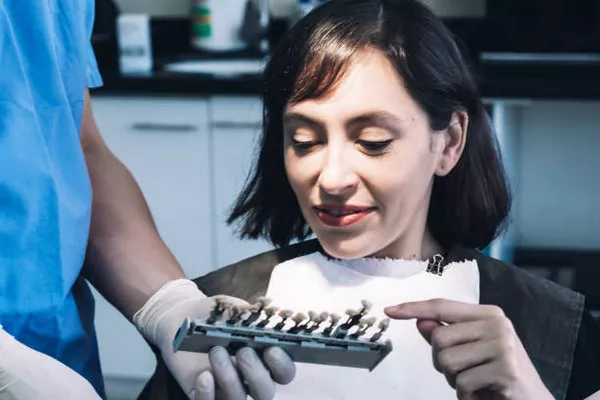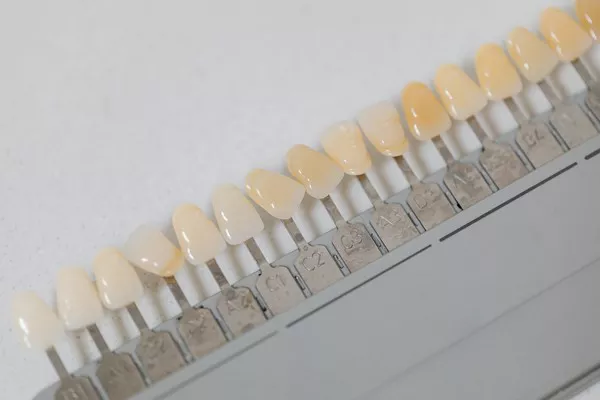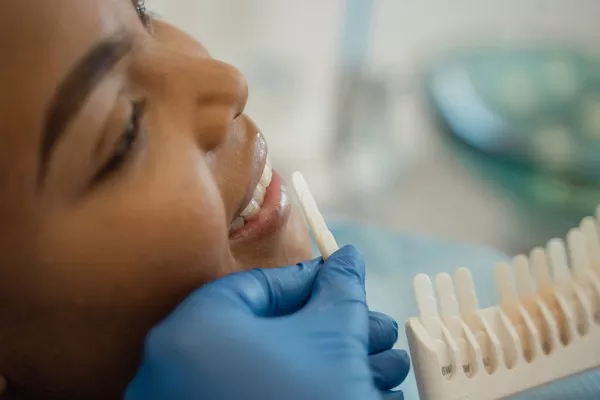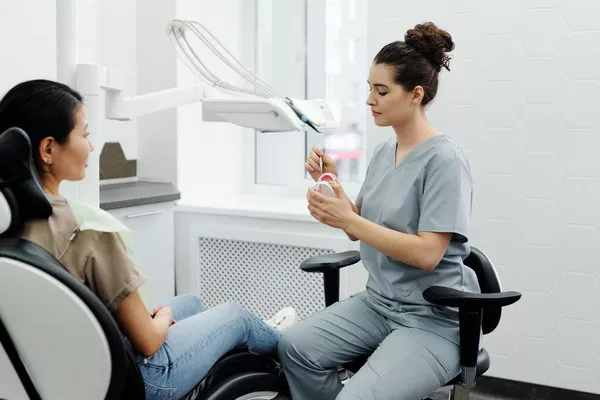Retainers are crucial tools in maintaining the results of orthodontic treatments like braces or aligners. However, it can be concerning when your retainer starts to feel loose. This article explores the reasons behind a loose retainer, how it should fit, immediate steps to take, proper care instructions, when to seek professional help, and tips to prevent retainer damage.
Understanding Retainers
Retainers are custom-made devices that help keep your teeth in their new position after orthodontic treatments such as braces or aligners. They come in various forms, including removable and fixed retainers. The primary purpose of retainers is to maintain dental alignment and prevent teeth from shifting back to their original positions. Retainers are usually worn full-time immediately after treatment and gradually reduced to nighttime wear as advised by your orthodontist.
There are two main types of retainers:
Removable Retainers: These can be taken out for eating, cleaning, and other activities. They include:
Hawley Retainers: Made of acrylic and metal wire, these are durable and adjustable.
Clear Retainers: Made of transparent plastic, they are less noticeable and fit snugly over the teeth.
Fixed Retainers: Bonded to the back of the teeth, they are not removable and provide continuous support to keep the teeth in place.
Common Reasons for Looseness
A retainer can become loose for several reasons. Understanding these causes can help you address the issue effectively.
Natural Shifting of Teeth Over Time: Even after orthodontic treatment, teeth can continue to move slightly. This natural shifting can make a retainer that once fit perfectly become loose.
Damage to the Retainer: Retainers are durable but not indestructible. Dropping them, biting down hard on them, or improper handling can cause them to bend or crack, leading to a loose fit.
Improper Care: Exposure to high temperatures, improper cleaning methods, or not wearing the retainer as prescribed can cause it to warp or lose its shape.
Changes in Dental Structure: Growth spurts in younger patients, wisdom teeth eruption, or dental work like fillings and crowns can alter the fit of a retainer.
see also: Endodontist & Orthodontist: What Is The Difference
Fit and Comfort
A well-fitting retainer should feel comfortable and snug on your teeth. Here are some indicators of a properly fitting retainer and signs that it might be too loose:
Proper Fit and Feel
Snug Fit: The retainer should sit closely against your teeth without significant gaps.
No Movement: When in place, the retainer should not move or shift on its own.
Comfortable to Wear: There should be no discomfort, pain, or irritation when the retainer is worn.
Signs of a Loose Retainer
Movement: If the retainer moves or shifts when you talk or eat, it’s likely too loose.
Gaps: Visible gaps between the retainer and your teeth indicate an improper fit.
Discomfort: A loose retainer can cause irritation or rubbing against your gums or cheeks.
Immediate Steps
If you notice that your retainer is loose, take the following immediate steps:
Switch to a Backup Retainer: If you have a backup retainer, use it while you address the issue with your primary retainer.
Avoid Forcing a Tight Retainer: If your retainer feels too tight, do not force it onto your teeth, as this can cause damage to both the retainer and your teeth.
Contact Your Orthodontist: Schedule an appointment with your orthodontist as soon as possible to have the retainer assessed and adjusted or replaced if necessary.
Care Instructions
Proper care of your retainer is essential to prevent damage and ensure it fits correctly.
Cleaning Tips
Regular Cleaning: Clean your retainer daily with a soft toothbrush and non-abrasive toothpaste or a retainer cleaning solution.
Avoid Harsh Chemicals: Do not use bleach or other harsh chemicals, as they can damage the retainer.
Rinse with Cool Water: Always rinse your retainer with cool water before and after use. Hot water can warp the material.
Storage Tips
Use a Protective Case: When not in use, store your retainer in its protective case to avoid damage.
Keep Away from Heat: Avoid exposing your retainer to high temperatures, such as leaving it in a hot car, which can cause it to warp.
Avoid Biting Down: Never bite down on your retainer to put it in place, as this can cause it to crack or bend.
see also: Orthodontist & Periodontist: What Is The Difference
When to Seek Help
It’s important to know when to seek professional help for a loose retainer. Contact your orthodontist if you experience any of the following:
Persistent Looseness: If your retainer remains loose despite adjusting how you wear it, it’s time for a professional assessment.
Discomfort or Pain: Any discomfort or pain while wearing the retainer should be addressed by your orthodontist.
Visible Damage: Cracks, bends, or any other visible damage to the retainer warrant a visit to your orthodontist.
Prevention Tips
Preventing retainer damage and ensuring a good fit involves following some simple tips:
Avoid Heat Exposure: Keep your retainer away from hot water and high temperatures.
Handle with Care: Always handle your retainer gently, avoiding any rough handling that could cause damage.
Regular Check-Ups: Schedule regular check-ups with your orthodontist to ensure your retainer fits well and is in good condition.
Proper Cleaning: Follow the recommended cleaning methods to keep your retainer in optimal shape.
Be Cautious with Foods: Avoid hard, sticky, or chewy foods that could damage your retainer.
Conclusion
A loose retainer can be a concerning issue, but understanding the causes and taking appropriate actions can help maintain your dental alignment effectively. Regular care and timely consultations with your orthodontist are crucial for ensuring your retainer continues to fit well and perform its function. By following the guidelines outlined above, you can keep your retainer in good condition and protect the results of your orthodontic treatment.
You Might Be Interested In





























